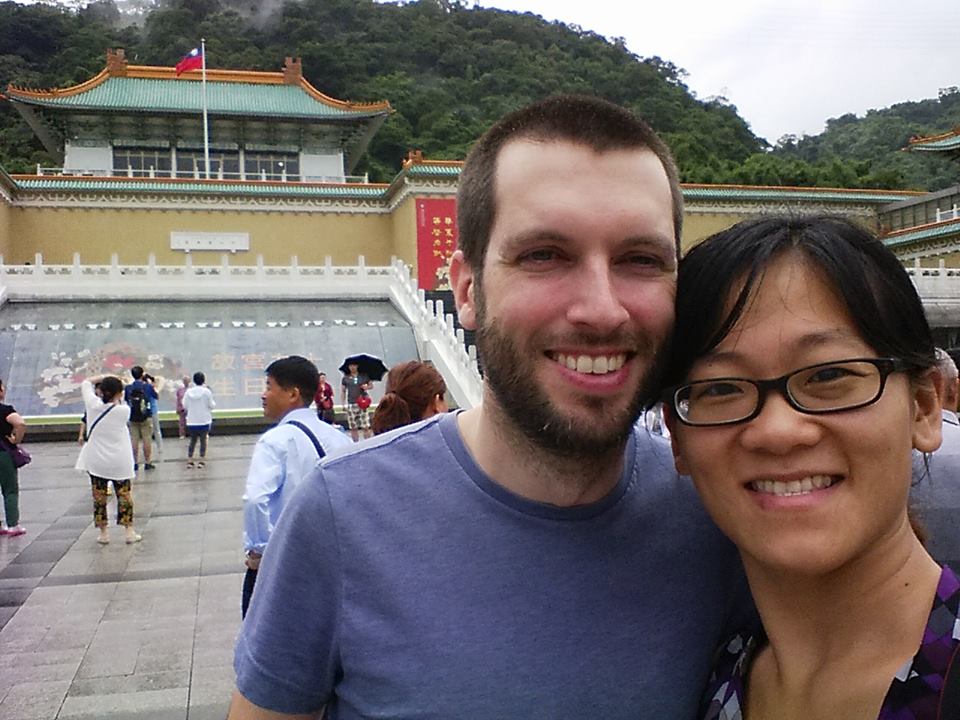Despite being just over two hours away by plane, Steve and I had never been to Macau, a former Portuguese colony which is also a hop and skip away from Hong Kong. We decided on a whim to visit this week, and it was a fabulous decision. Macau is a strange little contradiction – a Chinese city with a strong Portuguese presence and heritage, an overseas European settlement now turned Special Administrative Region (SAR) but also a part of China at the same time. We spent two days walking through very twisty streets and ate a lot of sticky sweets and delicious food, and enjoyed seeing some awesome sights.
We flew into Macau on Tuesday in the middle of the day, and it was a bit rough of a start. First, we had no Internet access initially, because the 2G internet afforded by our T-Mobile cards overseas in almost every other country we’ve been to didn’t seem to be working. The driver of the 26 bus that Google had told us to take into the city gruffly informed us we should take the MT4 instead, and I was trying frantically to figure out if we had enough coins in HKD to get on the bus. After purchasing a SIM card out of a vending machine and identifying the MT4, we finally were on our way.
Macau is best known for its gambling, huge lavish and opulent buildings like the Venetian, Sands, and the Wynn. The golden flower shape of the Grand Lisboa skyscraper loomed over the city peninsula and was visible everywhere we went. Since neither of us were much interested in exploring the gambling aspect, though, we decided to make our focus the food and European legacy of Macau. After dropping things off at our hotel the Ole Tai Sam Un, we set off by foot for St. Paul’s Ruins. It’s the second best known thing in Macau, a former church that had been rebuilt and burnt down several times, with the 1843 conflagration leaving just its front façade intact. It sits above a wide flight of stairs and a small square, and today figures into the selfies of pretty much every tourist who visits Macau. The façade is beautiful, and about two feet thick, retaining weathered green bronze statues of St. Ignatius and St. Francis Xavier. We roamed around, and then walked up the hill beside it to the Fortaleza Monte, a small fort which had some beautiful views of the city and was also home to the Museum of Macau. We walked through the small museum, learning about different architectural styles and the history of the numerous forts that had been there before. Continue reading Two days in Macau.



